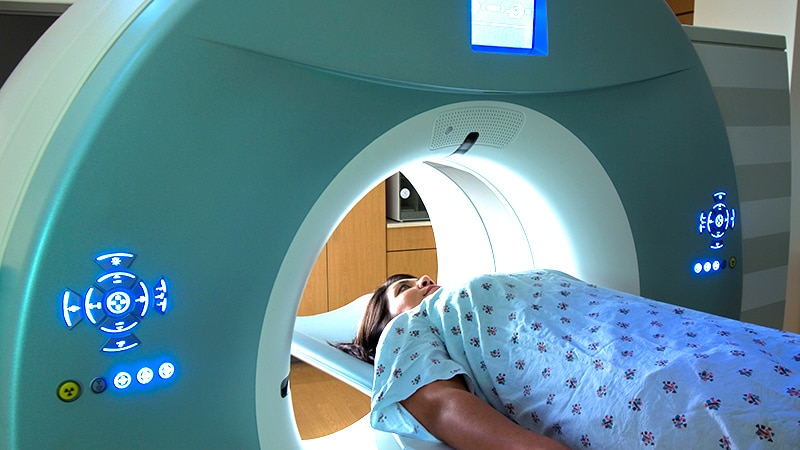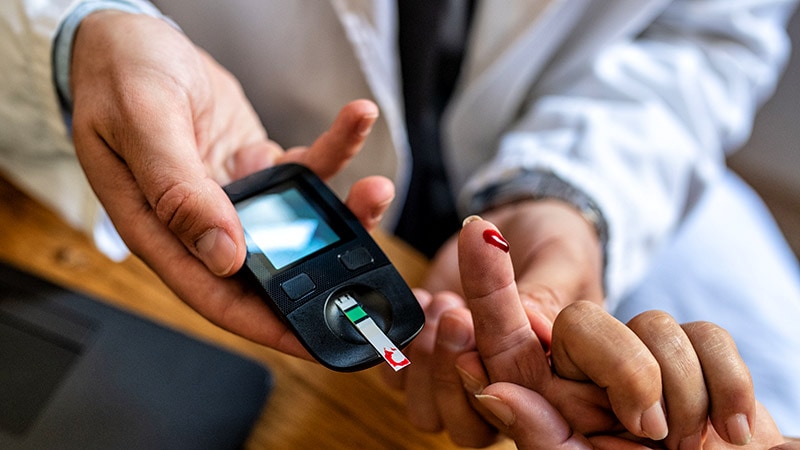Takeaway
- In patients with diabetes aged ≥70 years, HbA1c levels >8% and <6% were associated with an increased risk for mortality.
- Survival showed an inverse relation with glycaemic variability score for women and men.
Why this matters
- Higher mortality at the lower end of the HbA1c distribution curve in this study may be because of age-related factors rather than intensive glycaemic control.
- Study suggests that maintaining more stable blood glucose levels with gradual intensification may be better in elderly patients.
Study design
- Retrospective study of 54,803 patients with diabetes (age, ≥70 years; women, 28,017; men, 26,786) from The Health Improvement Network database, UK.
- Mean HbA1c evaluated in 3 models:
- Model 1: baseline mean HbA1c.
- Model 2: mean during 5-year follow-up period.
- Model 3: a time-varying, yearly updated mean HbA1c.
- Primary outcome: all-cause mortality.
- Funding: King’s College London and Diabetes Frail.
Key results
- Mortality rates: 30.7% in women and 33.8% in men.
- J-shaped distribution of risk for mortality was observed for baseline and at follow-up.
- Mortality increased incrementally for both sexes with HbA1c >8% and <6%.
- Mortality increased with increasing glycaemic variability score:
- crude incidence: 58-69 per 1000 person-years for lowest glycaemic variability and 106-167 per 1000 person-years for highest variability score.
- The risk for mortality was significantly higher for patients with highest glycaemic variability score (80-100) vs those with the lowest score (0-20) in:
- Model 1: women (aHR, 1·51; 95% CI, 1·30-1·75) and men, (aHR, 1·57; 95% CI, 1·35-1·82)
- Model 2: women (aHR, 2·47; 95% CI, 2·08-2·93) and men, (aHR, 2·21; 95% CI, 1·87-2·61).
- Model 3: women (aHR, 1.87; 95% CI, 1.59-2.19) and men, (aHR, 1.54; 95% CI, 1.32-1.80).
Limitations
- Observational study.
References
References



